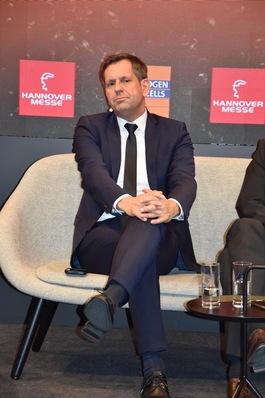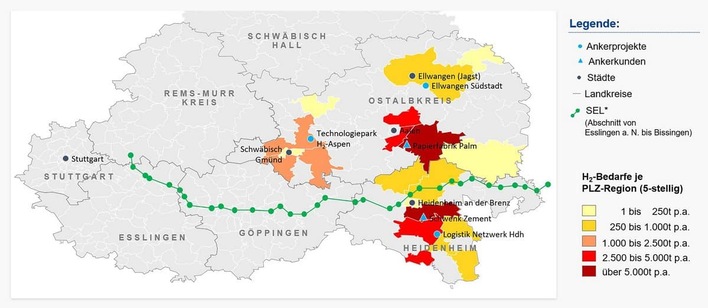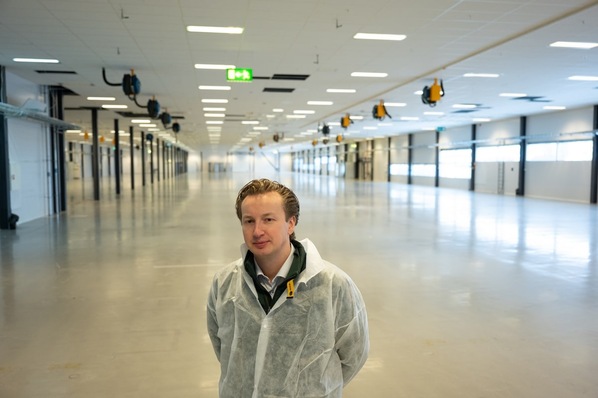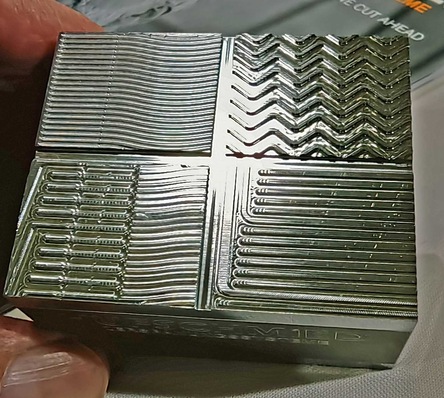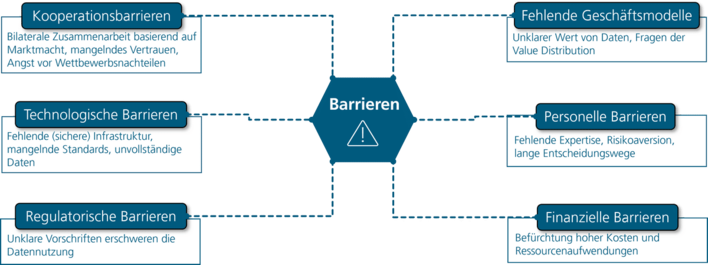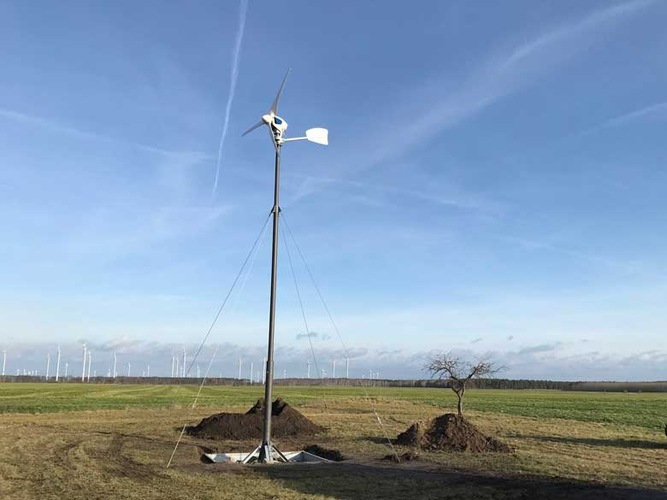
In the field of hydrogen production there is little consensus on the subject. For instance, a study by the FZ Jülich research center in 2017 drew the conclusion that centralized electrolyzers ought to be installed in northern Germany, a convenient location in terms of space and proximity to large wind farms. At the time, Detlef Stolten from FZ Jülich had “focused primarily” on this centralized concept. Back then Nikolas Iwan from H2 Mobility had similarly expressed “doubts about whether decentralized hydrogen production makes sense.”
It’s since become clear that the slow progress being made in terms of expanding the power line network means that alternative solutions are now required. Increasingly this is where ideas of local and regional generation come back into play. By way of example, a project in the Swiss municipality of Brütten, near Zürich, demonstrated that a decentralized energy supply based on solar or wind is achievable for a single building. In this case, the environmental organization Umwelt Arena Spreitenbach built an apartment block that was kitted out with a variety of innovative technologies (see H2-international, July 2018).
EMV New Line, which collaborated with Proton Motor on the Swiss project, has since started offering its own solution for self-sufficient properties without a connection to the electrical grid. Catering for all capacities up to the megawatt range, its islanded solution comprises an electrolyzer along with a compressor with appropriate hydrogen safety equipment and a fuel cell that comes with a battery storage system, control equipment and associated software.
Author: Sven Geitmann




